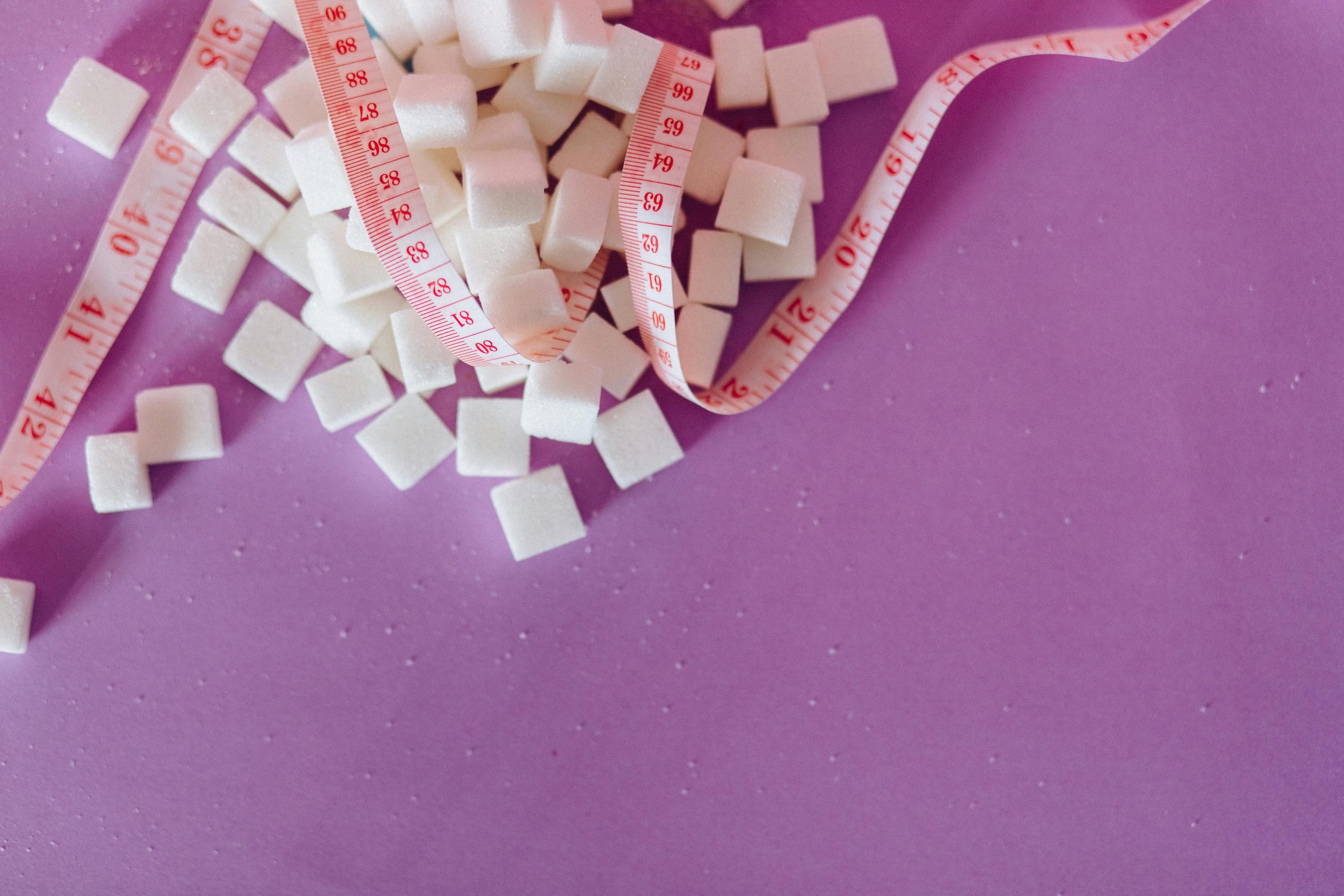Troubleshooting Hard Drive Recognition Issues When Installing Windows
Building a computer from the ground up can be an exciting project, especially for a budding tech enthusiast. Recently, my son took on the challenge of assembling his own system. Following the guidelines, he successfully put together all the components and is now trying to install Windows using a USB drive. However, we’ve encountered a hiccup: the system fails to recognize the hard drive as an installation location.
If you’ve ever navigated through the challenges of computer building, you know how frustrating these technical snags can be. After all, it’s been quite a while since I last assembled a system—back when technology was a bit more rudimentary. However, I’m ready to tackle this challenge with some guidance.
Here are a few troubleshooting tips that could help resolve the issue of the hard drive not being recognized during the Windows installation process:
1. Check Connections
First and foremost, ensure that all cables and connections are secure. A loose SATA cable or power connector can lead to failure in recognizing the hard drive. Double-check that the hard drive is properly connected to both the motherboard and power supply.
2. Enter the BIOS
Sometimes, the hard drive needs to be detected in the BIOS before it can be used during installation. Restart the computer and enter the BIOS setup (usually by pressing a key like F2, DEL, or ESC during boot). Look for the hard drive in the storage section; if it’s not appearing, there might be an issue with the drive or its connections.
3. Set the Correct Boot Order
In the BIOS settings, ensure that the USB drive is set as the primary boot device. This will allow the computer to prioritize the USB for the Windows installation. Sometimes, adjusting the boot order can make all the difference.
4. Format the Hard Drive
If the hard drive appears in the BIOS but not during installation, it may need to be formatted. One way to do this is by using a secondary computer to create a new partition on the hard drive. You can use disk management tools available in operating systems like Windows to format and partition the drive.
5. Use the Right Installation Media
Ensure that the USB drive used for installation is properly created and bootable. Using tools like Rufus to create the installation media can help ensure that everything is set up correctly.
6. Check Compatibility
Lastly, verify that the hard drive is compatible with the motherboard
Share this content:




Hi there,
It sounds like you’re on the right track troubleshooting the hard drive recognition issue during Windows installation. To further assist, here are a few additional steps you might consider:
Hopefully, these tips help you get your son’s system recognized and ready for Windows installation. If issues persist, providing specific motherboard model and hard drive